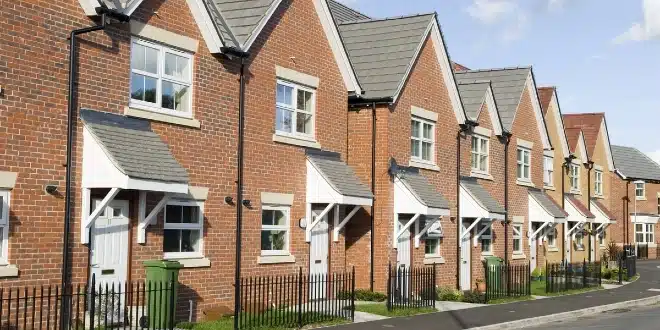According to the latest house price report by Daft.ie, house prices across the country increased by an average of 9% in 2024. The average listed price nationwide in the final quarter of 2024 was €332,109, which is 1.4% higher than the previous quarter and 30% higher than pre-pandemic levels.
In Dublin, prices also rose by 9% over the year, marking the highest inflation rate in the city since late 2017. Similarly, Galway city saw a 9% increase in house prices during 2024. Limerick city experienced an 8.2% rise, while Cork and Waterford cities saw prices increase by 6.3%.
In areas outside the five main cities, house price inflation ranged from 11.1% in Leinster to 5.3% in the Connacht-Ulster region.
Average List Prices in Q4 2024
- Dublin: €442,909 (+9%)
- Cork City: €347,264 (+6.3%)
- Limerick City: €284,138 (+8.2%)
- Galway City: €389,742 (+9%)
- Waterford City: €247,236 (+6.3%)
- Rest of the country: €284,163 (+9.2%)
Decline in Available Second-Hand Homes
As of December 1, fewer than 10,500 second-hand homes were available for purchase nationwide, a 15% decrease from the previous year and the lowest number recorded since January 2007.
Expert Commentary
Ronan Lyons, an economist at Trinity College Dublin and the author of the report, stated that 2024 was the least successful year for policymakers aiming to stabilize housing prices since 2017. Speaking on RTÉ’s Morning Ireland, Lyons highlighted that most mortgage holders have fixed their rates, leaving them with little incentive to sell their properties. These mortgages, fixed for three, five, or seven years in 2021 or 2022, will only come off fixed rates by 2029. He predicted continued upward pressure on house prices in 2025 due to strong demand and tight supply.
Lyons emphasized that the primary solution to the housing crisis is to increase the construction of new homes. He noted that 2024 saw the largest increase in listed prices since 2017, with Dublin now driving price growth. This growth is attributed to weak supply and strong demand, fueled by rising incomes and employment.
Supply and Demand Dynamics
Despite an increase in newly built homes, the supply is not keeping pace with demand. The number of newly built homes being transacted is increasing but at a slower rate than needed. Additionally, the volume of second-hand homes entering the market has declined. In 2022, 63,000 second-hand homes were listed for sale, compared to just 51,000 in 2024, similar to levels seen during pandemic lockdowns.
Potential Government Intervention
Lyons suggested that the new government might consider intervening in the mortgage market to enhance the mobility of those with fixed interest rates, aiming to address the current housing supply constraints.
 The Daily Star Ireland
The Daily Star Ireland

